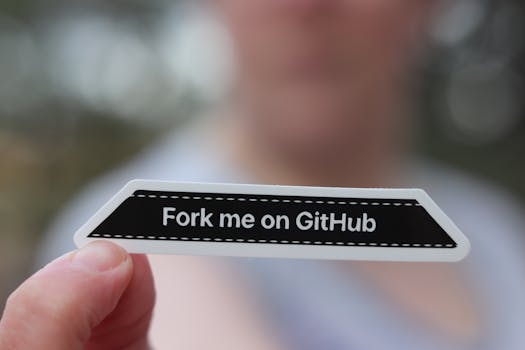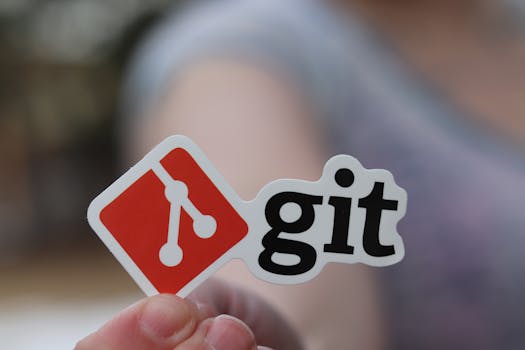🔍 API Testing with Postman: Validate, Automate, and Assure Quality
🧾 Course Description
APIs are the backbone of modern applications — and testing them is critical to ensure reliability and performance. In “API Testing with Postman”, you’ll learn how to interact with REST APIs, write tests, automate workflows, and integrate with CI pipelines using Postman, one of the most popular API testing tools.
This hands-on course teaches not only how to send requests and check responses, but also how to validate data, manage environments, chain requests, and build automated test collections that improve API quality across dev and QA workflows.
Ideal for developers, QA testers, and DevOps engineers, this course ensures you can test any API confidently and consistently.
✅ Key Benefits
- 🔧 No-Code to Low-Code Testing — Postman enables beginners to write powerful API tests
- 🔁 Reusable & Automated Workflows — Run collections with dynamic data and scripts
- 🚦 Shift-Left Quality Assurance — Catch issues earlier in the API lifecycle
- 🔐 Test Auth & Security — Support for Bearer tokens, OAuth2, and headers
- 🌐 CI/CD Integration Ready — Automate tests with Postman CLI and GitHub Actions
🎯 Pre-requisites
- Basic understanding of APIs (GET, POST, JSON, HTTP methods)
- Familiarity with JSON and status codes
- Optional: Experience with JavaScript (for scripting in Postman)
📚 Curriculum Breakdown
📘 Module 1: Introduction to API Testing
- What is an API? REST vs SOAP
- Why API testing matters
- Installing Postman and workspace setup
🧪 Module 2: Sending Requests & Viewing Responses
- GET, POST, PUT, DELETE requests
- Setting headers, query params, and body
- Viewing status codes, headers, and response body
🧠 Module 3: Writing Basic Tests in Postman
- Using
pmlibrary to write tests - Status code validation
- JSON body content assertions
- Response time and header checks
🌐 Module 4: Collections, Variables & Environments
- Creating Postman collections
- Global, environment, and collection variables
- Environment switching and dynamic URLs
🔁 Module 5: Chaining Requests & Data-Driven Testing
- Passing data from one request to another
- Pre-request and test scripts
- Running collection with dynamic data (CSV, JSON)
🧰 Module 6: Advanced Features
- Authorization (Bearer, Basic, OAuth2)
- Mock servers and monitors
- Generating code snippets in different languages
- Importing Swagger/OpenAPI specs
🧪 Module 7: Automation & Integration
- Using Newman CLI to run tests from terminal
- Generating HTML reports
- Integrating with GitHub Actions, Jenkins, or CI/CD tools
🛠️ Module 8: Final Project
- API Test Suite for a Sample Application
- Full collection: auth → CRUD → validation → logout
- Environment setup
- Run via Newman with CLI reporting
⏱️ Estimated Duration
| Daily Study Time | Estimated Duration | Ideal For |
|---|---|---|
| 2 hours/day | 8–10 days (~2 weeks) | QA teams, testers, part-time devs |
| 4 hours/day | 4–5 days (1 week) | Project-based learners |
| 6 hours/day | 2–3 days (bootcamp) | Accelerated with labs |










